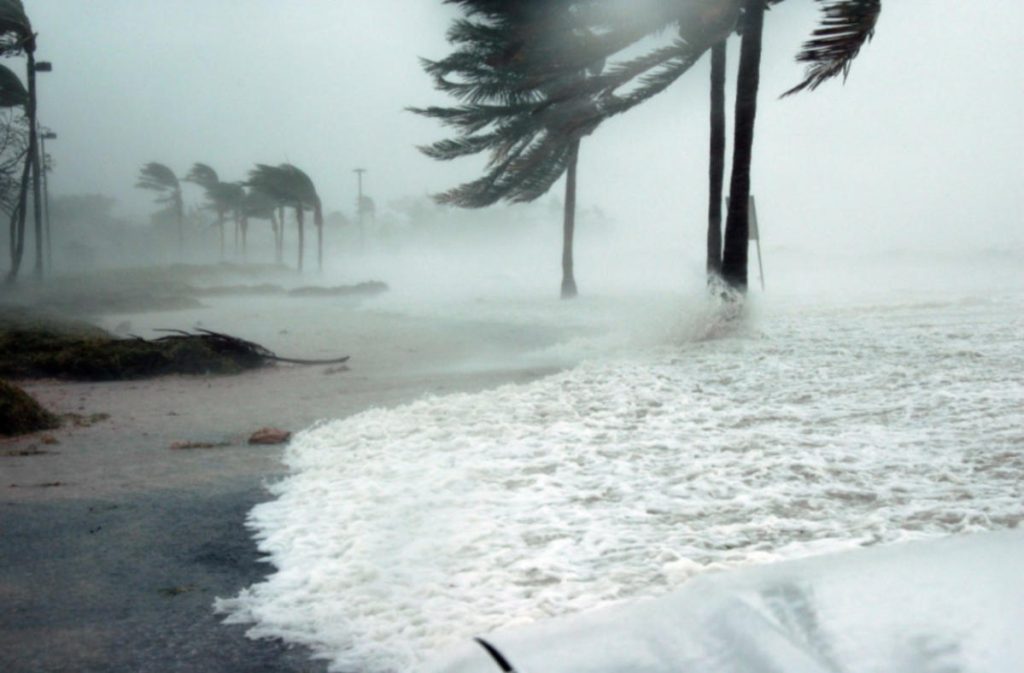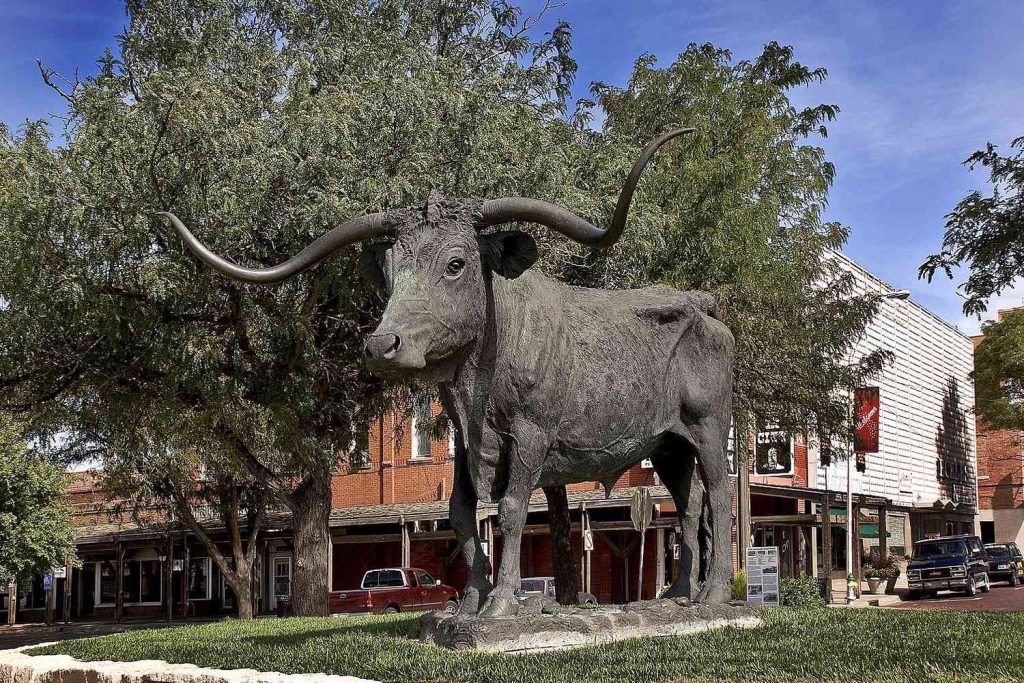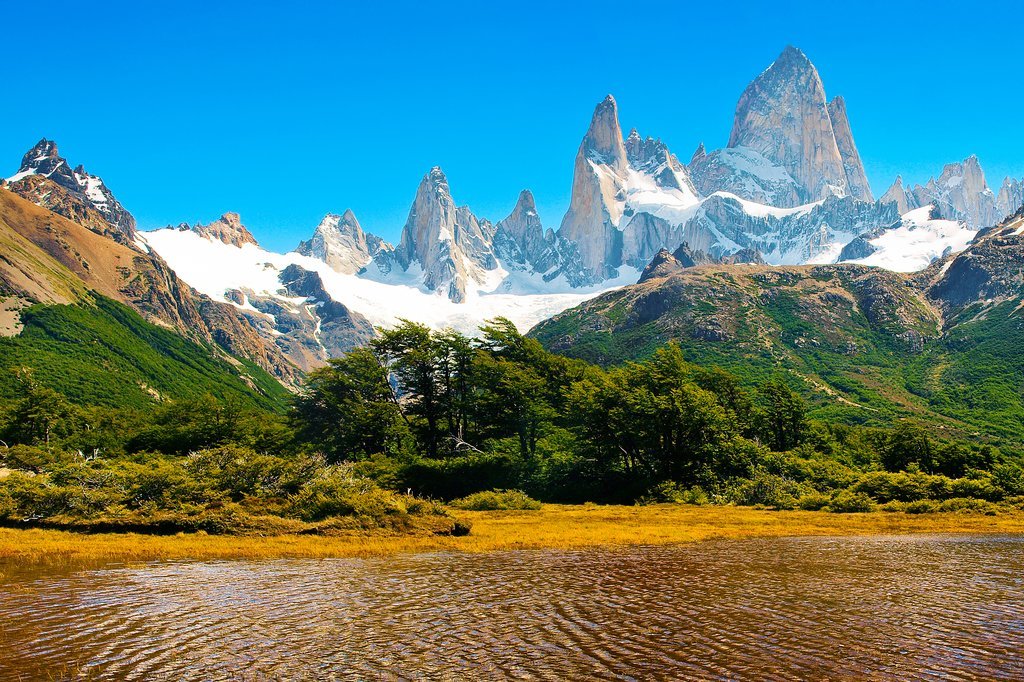Identifying the windiest place on Earth isn’t as straightforward as it sounds—it all depends on how you measure wind. Some locations experience consistently high average wind speeds but rarely face extreme gusts. Others may see powerful gusts during events like tornadoes, which are measured both at ground level and in the atmosphere. In short, “windy” can mean different things in different contexts.
Still, certain places around the world have earned a blustery reputation. From the rugged coasts of Newfoundland to the windswept plains of the American Midwest, and from New Zealand’s breezy shores to the ever-gusty capital of Azerbaijan, discover which spots on the globe are known for their unrelenting winds—and why they’re so breezy.
Wellington, New Zealand – The Windiest City on Earth
Wellington holds the title of the world’s windiest city, thanks to its consistently high wind speeds and record-breaking gusts. While ground-level winds average between 5.5 and 11.5 mph—partly buffered by the terrain—Mount Kaukau’s anemograph records a much higher average of 27.3 mph. The city’s most potent gust, a staggering 125 mph, was also measured there.
These intense winds are part of a system known as the “Roaring Forties,” a belt of strong westerlies that sweep between 40 and 50 degrees south of the equator. Wellington’s position, combined with the funneling effect of the narrow Cook Strait, amplifies these gusts as they barrel in from the Pacific Ocean.
Despite the challenges, Wellington embraces its winds. They’re harnessed for renewable energy and help maintain clean, fresh air. The city even celebrates the breeze with the striking waterfront sculpture “Solace in the Wind,” depicting a figure leaning boldly into the gusts.
Record-Breaking Katabatic Winds – Antarctica
Just how fierce are the winds at the bottom of the world? Measuring them is no easy task—many instruments freeze up and fail, while the relentless polar gales can rip away sturdier ones. Even sophisticated tools like ultrasonic wind meters can be fooled by blowing snow.
Despite these challenges, Antarctica holds the Guinness World Record for the fastest recorded katabatic wind—a type of wind that flows downhill—clocking in at a staggering 168 mph in 1912 at Cape Denison, located in Commonwealth Bay. On average, the region experiences daily maximum wind speeds of around 44 mph, officially classified as gale force (anything above 39 mph).
Antarctica’s extreme winds are shaped by a combination of frigid temperatures and its sloping terrain, which funnels cold air down toward the coast. This unique geography helps produce powerful downslope winds that can whip up blizzard-like conditions lasting for weeks.
Fastest Wind Speed Ever Recorded – Barrow Island, Australia

Barrow Island, located off the northwest coast of Western Australia, holds the Guinness World Record for the highest non-tornado wind speed ever recorded. In 1996, during Tropical Cyclone Olivia, an uncrewed weather station measured a staggering wind gust of 253 mph — the fastest on record at the time.
Cyclones, which are similar to hurricanes but occur in the Pacific region, can produce extreme weather conditions. This record-breaking gust was based on a three-second average and surpassed the previous record set at Mount Washington in New Hampshire, USA.
Aside from its meteorological claim to fame, Barrow Island is also one of Australia’s key hubs for oil and natural gas production. It hosts the country’s most productive oil extraction site and doubles as a conservation reserve. The island is home to several rare and protected species, including spectacled hare-wallabies, sea turtles, and the perentie — Australia’s largest lizard.
America’s Windiest Peak – Mount Washington, New Hampshire
Rising over 6,000 feet, Mount Washington in New Hampshire once held the world record for the highest wind speed ever recorded—an astonishing 231 mph gust measured in 1934. Although that record has since been surpassed, the mountain still claims the title of the windiest spot in the United States. With an average annual wind speed of 35 mph and peak gusts that can reach 231 mph during the windiest months, it remains one of the most wind-battered places on Earth.
Part of the White Mountains, Mount Washington sits at the crossroads of several major storm tracks. The range acts as a barrier to easterly winds, and the summit often becomes a battleground between Atlantic low-pressure systems and inland high-pressure zones. This unique geography leads to extreme conditions, with hurricane-force winds—exceeding 75 mph—blasting the summit on more than 100 days each year.
America’s Windiest City – Dodge City, Kansas

While Chicago proudly carries the nickname “The Windy City,” the label is more rooted in political bluster than actual breezes. In reality, many towns across the Midwest experience stronger winds on average.
Topping the list is Dodge City, Kansas—a historic frontier town with an average wind speed of 15 mph. Though some remote areas may record higher averages, Dodge City stands out as the windiest U.S. city, with a substantial population of about 27,000 residents.
Its location in Tornado Alley might suggest that twisters are to blame, but the real culprit is the steady flow of air descending from the Rocky Mountains into the Great Plains. This same downslope wind effect also contributes to high wind speeds in Amarillo, Texas, another one of the nation’s windiest locales.
Baku, Azerbaijan – The Windiest City in Eurasia
Nicknamed the City of Winds, Baku, the capital of Azerbaijan, has long been known for its blustery weather. This title dates back to ancient times when Persian sources referred to it as the “city of pounding wind.” Even today, Baku lives up to its name—between June and April, the city experiences average wind speeds exceeding 11 mph.
The city’s notorious gusts come from two primary sources: icy winds sweeping in from the Caspian Sea, which can occasionally reach gale force, and warmer, drier winds blowing overland. While the colder winds can make winters feel even chillier, Baku’s windy climate isn’t all bad. The constant airflow helps disperse pollution, improving air quality in a city that often struggles with smog. And since Baku sits 92 feet below sea level, there’s little in the way to block these powerful gusts.
Canada’s Windiest City – St. John’s, Newfoundland and Labrador
St. John’s, the capital of Newfoundland and Labrador, holds the title of Canada’s windiest city. With average wind speeds exceeding 13 mph and gusts surpassing 30 mph on nearly 50 days each year, the city is no stranger to blustery conditions. But wind isn’t the only weather extreme St. John’s is known for—it also ranks among the foggiest, cloudiest, rainiest, and snowiest significant cities in the country.
Despite the biting wind chills in winter, St. John’s boasts one of the mildest climates in Canada, coming in third after Vancouver and Victoria.
Scotland – The Windiest Country in Europe
Scotland earns its title as the windiest country in Europe from an unexpected source—a local ice cream company. Mackie’s, a Scottish brand, once launched an advertising campaign highlighting its use of wind power to run its factory, boldly claiming the facility was located in the “windiest place in Europe.” The U.K.’s Advertising Standards Authority challenged the claim, prompting Mackie’s to back it up with scientific data. Collaborating with British scientists, the company successfully validated its statement.
On average, Scotland experiences wind speeds ranging from 10 to 18 mph, with the highest gusts hitting the western regions. In some coastal areas, gale-force winds can blow for up to 25 days each year. These powerful winds are most common during winter, driven by low-pressure systems originating in the Atlantic Ocean.
Windiest Place in South America – Patagonia Region, Chile and Argentina

Much like New Zealand, South America’s Patagonia region is famously buffeted by the powerful Roaring Forties winds. The cities of Punta Arenas in Chile and Rio Gallegos in Argentina lie directly in the path of these relentless gusts. Punta Arenas, the largest city situated south of the 46th parallel, enjoys surprisingly mild temperatures due to its coastal location. Yet, the winds here are so fierce that ropes are strung between buildings to give pedestrians something to grab onto during intense blasts. Winds reaching speeds of up to 80 mph are pretty standard, especially in summer months.
Meanwhile, Rio Gallegos experiences an average annual wind speed of around 15.7 mph, which spikes significantly during summer. These strong winds help keep summer temperatures comfortably below 70 degrees Fahrenheit.
Fastest Tornado Winds: Tornado Alley, Oklahoma
Oklahoma has witnessed some of the highest wind speeds ever recorded during tornado events. One of the most notable occurred in 1999 in Bridge Creek, a suburb of Oklahoma City, where tornado winds reached an astonishing speed of around 300 mph, as measured by Doppler radar. This shattered the previous airborne wind speed record of 286 mph, set in 1991 in the nearby town of Red Rock.
In 2013, another massive tornado near Oklahoma City struck the small town of El Reno. This twister was nearly three miles wide, with winds also nearing 300 mph. However, the World Meteorological Organization does not officially recognize Doppler radar wind speed measurements, which is why the official record for the fastest wind speed remains with Barrow Island. Measuring accurate wind speeds during tornadoes is highly challenging, as instruments often cannot withstand such extreme conditions.
FAQs
What factors determine how windy a location is?
Windiness depends on average wind speeds, frequency of gusts, local geography, and weather systems. Some places have consistent moderate winds, while others experience extreme gusts during storms or katabatic wind events.
Why is Wellington, New Zealand, called the windiest city on Earth?
Wellington’s location between the Roaring Forties wind belt and the narrow Cook Strait funnels strong westerly winds, resulting in average gusts up to 125 mph, making it the windiest city globally.
How are katabatic winds in Antarctica so strong?
Cold, dense air flows downhill due to Antarctica’s sloping terrain, creating powerful katabatic winds. These winds can reach speeds of 168 mph and cause blizzard-like conditions for extended periods.
Which place holds the record for the highest non-tornado wind speed ever recorded?
Barrow Island, Australia, recorded the fastest non-tornado wind gust of 253 mph during Tropical Cyclone Olivia in 1996.
How do strong winds benefit cities like Baku and Azerbaijan?
Despite harsh gusts, Baku’s winds help disperse pollution and improve air quality, making the environment healthier despite the chilly conditions.
Conclusion
Wind is a powerful natural force shaping many regions worldwide, from coastal cities to remote mountains and icy polar zones. Whether through persistent breezes or record-breaking gusts, these windy places offer unique challenges and benefits. From renewable energy use in Wellington to extreme weather adaptations in Antarctica and Barrow Island, understanding wind patterns helps us appreciate nature’s dynamic influence. The world’s windiest locations not only showcase meteorological extremes but also highlight how communities adapt, harness, and even celebrate their breezy environments.


